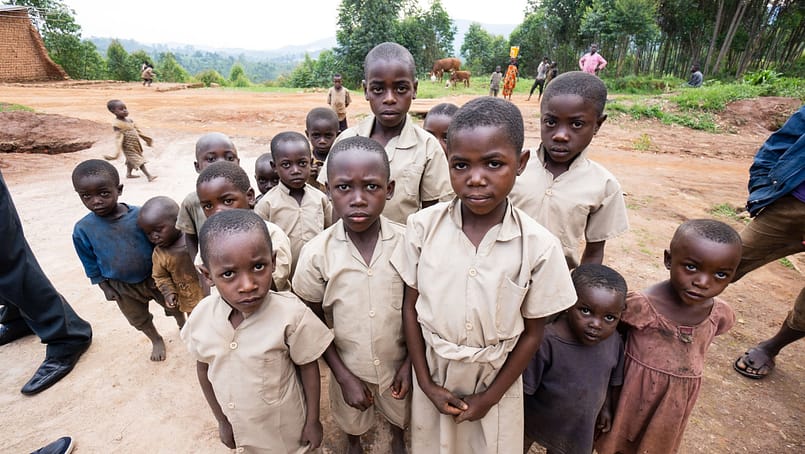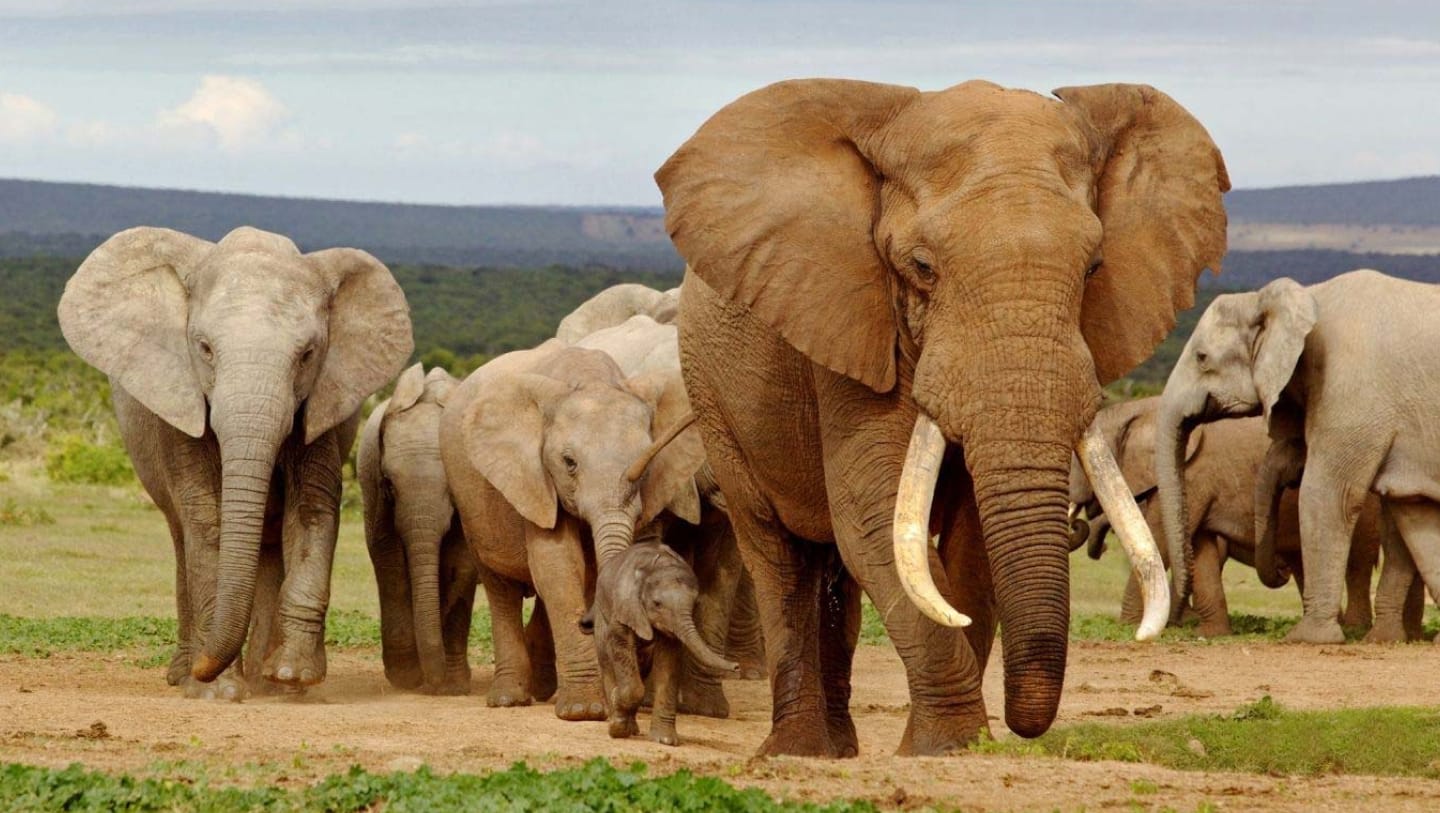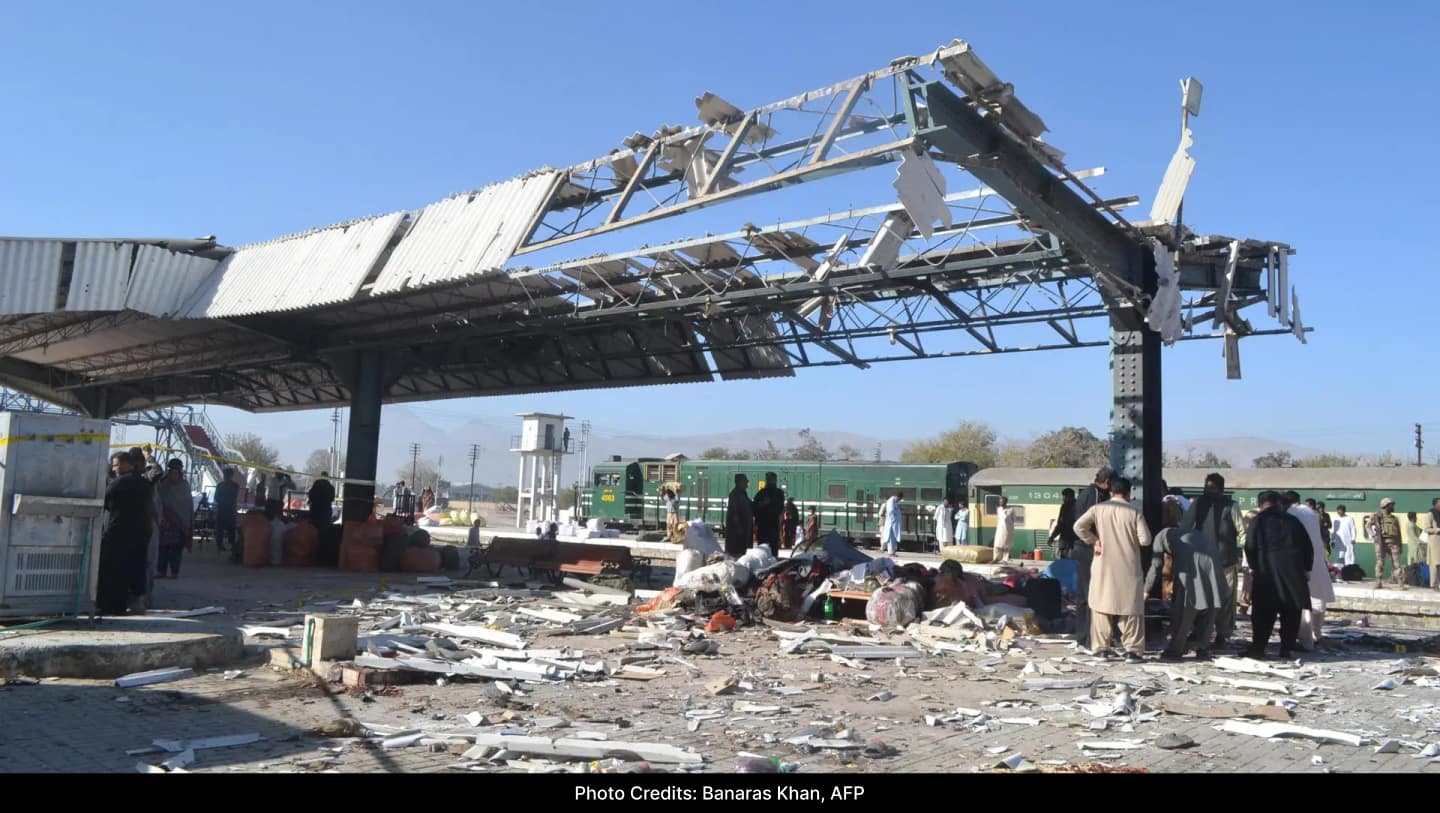Namibia, a country known for its rich wildlife and stunning landscapes, is on the edge. It is facing food shortages due to drought, a crisis that has prompted the government to take the controversial step of killing more than 700 wild animals, including hippos and elephants, to provide meat for its residents.
The UN warns of a humanitarian crisis in Namibia
The desperate situation in Namibia has been highlighted by the United Nations, with UN Secretary-General Antonio Guterres’ spokesman calling it “a humanitarian crisis that we have never really talked about” during a media conference on Friday.

The drought has destroyed about 84 percent of the country’s food supply, leaving nearly half of Namibia’s 2.5 million people at risk of severe food shortages from July to September. In response to this crisis, the Namibian government turned to natural resources, specifically wildlife, to help feed the hungry.
South Africa is ravaged by the worst drought in 100 years
South Africa is experiencing its worst drought in decades, which began in October 2023. Rising temperatures, exacerbated by climate change and the El Niño phenomenon, have resulted in very low rainfall. In February, when the region usually receives the most rain, experts say less than 20 percent of what was needed was received. Namibia, along with Zimbabwe, Malawi and Zambia, has declared a state of emergency due to severe drought.
Human-wildlife conflict is on the rise in Namibia
The drought has not only affected humans, but has also intensified human-wildlife conflicts as they compete for the same scarce resources such as water and land.
Namibia is home to a large number of wild animals, including about 24,000 elephants, one of the largest populations in the world. But persistent dry conditions have led to more frequent clashes between humans and these animals.
Also Read
- Snow Disappears From Uttarakhand’s Om Parvat For The First Time Ever
- 5-year-old Punjab boy youngest Asian to conquer Mt Kilimanjaro
In response, Namibia’s Ministry of Environment announced plans to kill 723 wild animals, including 30 hippos, 60 buffalo, 50 impala, 100 blue wildebeest, 300 zebra, 83 elephants and 100 antelopes (antelopes). Killing is done in parks and communal areas where officials believe animal populations are large enough to sustain losses without long-term damage.
The government has already collected 56,875 kilograms of meat from 157 wild animals for its aid program, although details of which animals were killed are not yet clear.





